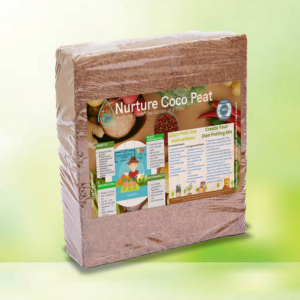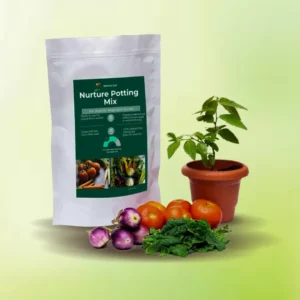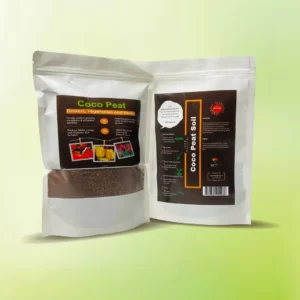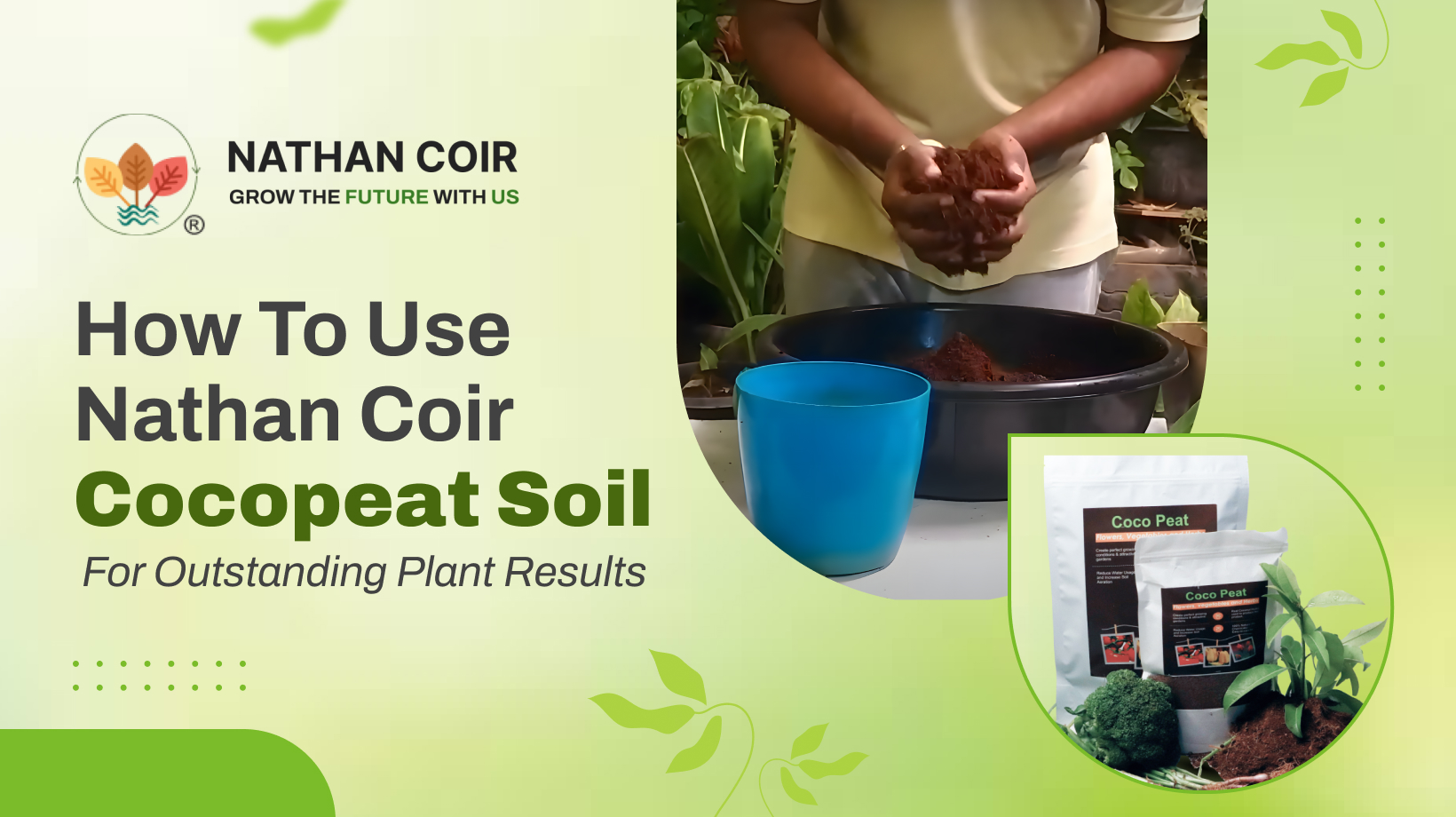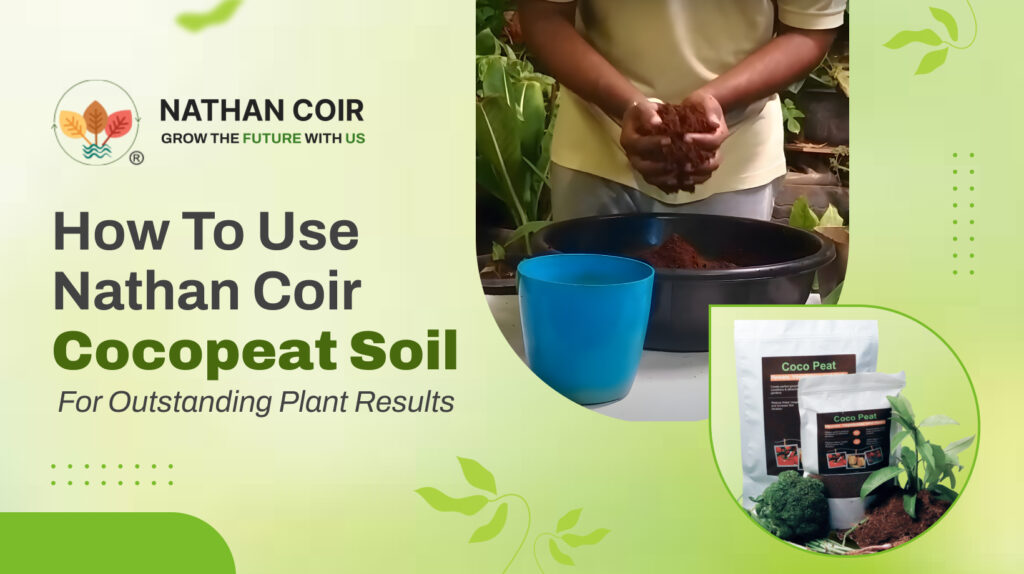
Cocopeat soil, a natural by-product derived from coconut husks, has gained popularity among gardeners for its numerous benefits. If you’re looking to enhance your gardening experience and promote healthy plant growth, understanding how to use coco peat soil for plants correctly is essential. This blog post will guide you through everything you need to know about cocopeat, from its benefits to its preparation and maintenance. Let’s dive in!
What is Cocopeat?
Understanding Cocopeat: An Overview
Cocopeat, or coir pith, is the fibrous material between the coconut’s shell and outer coat. Eco-friendly and renewable, it’s available in bricks, loose particles, and discs.
Properties of Cocopeat
Cocopeat retains water well, is lightweight, and improves soil aeration. It’s pH-neutral, pest-resistant, and supports healthy plant roots.
How to use Coco Peat Soil for Plants Growth
Step 1:
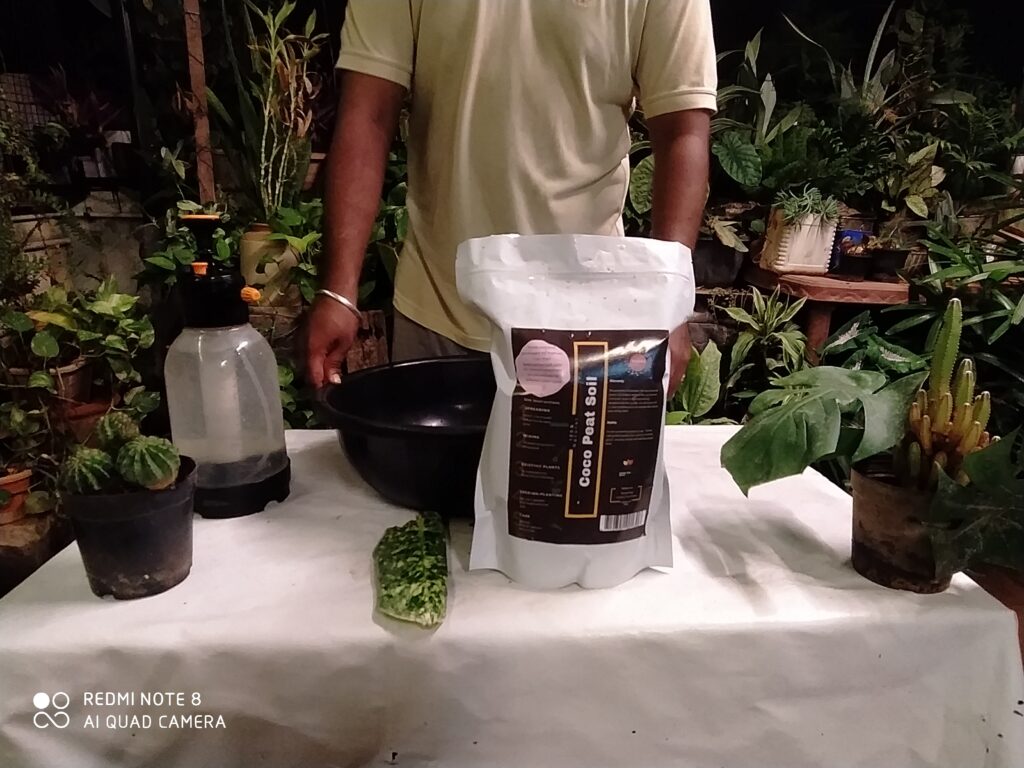
Follow these steps to achieve outstanding results for your plants!
Step 2:
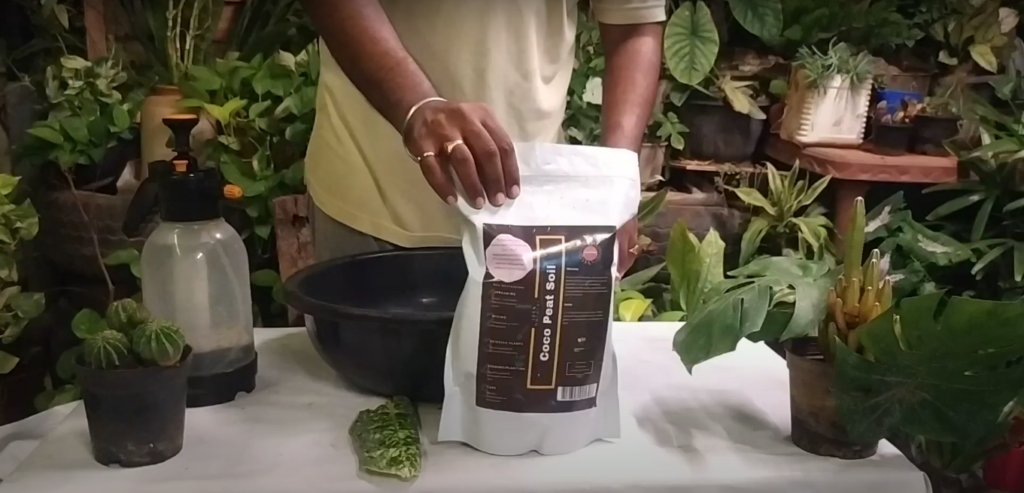
Carefully unsealing the Coco Peat Soil package into a spacious mixing basin.
Step 3:
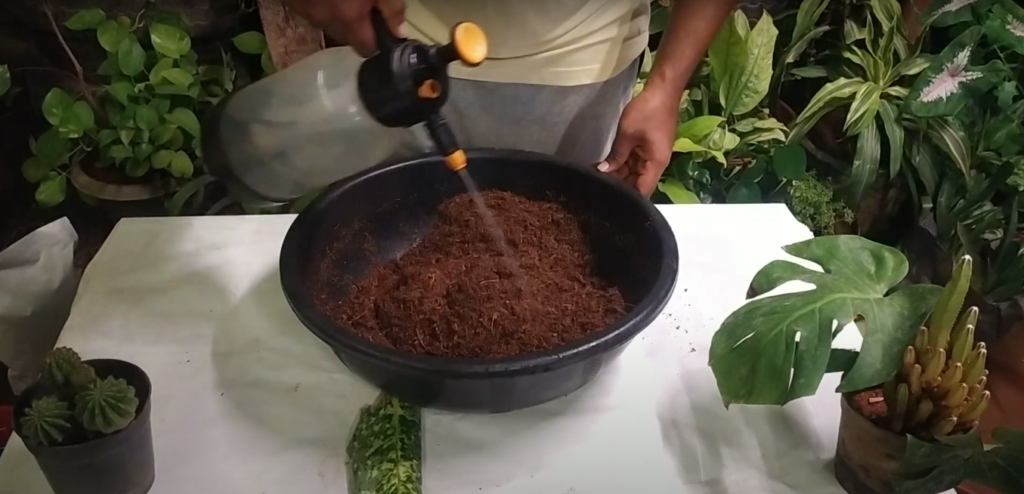
Add 3 litres or 2 litres of water, depending on the amount of soil required to fill the pot.
Step 4:
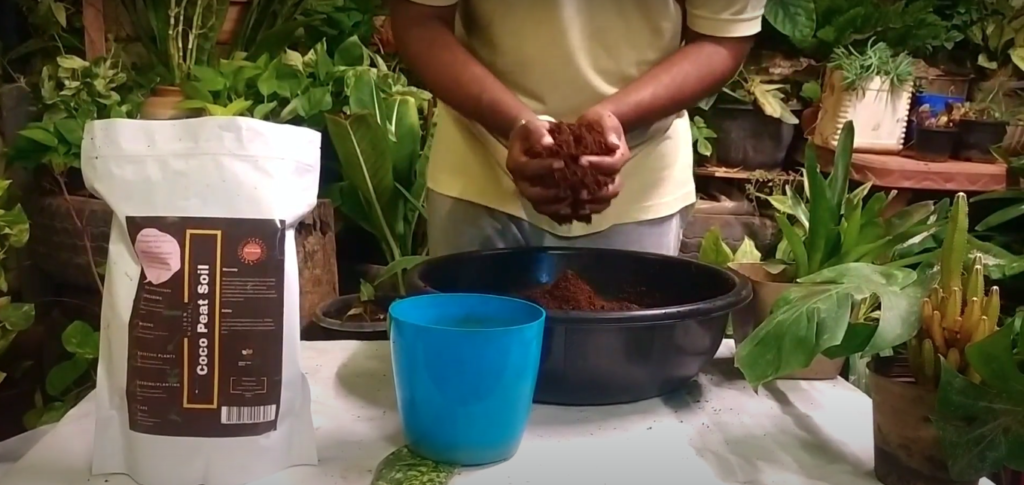
Add Coco Peat soil in the pot for optimal plant growth.
Step 5:
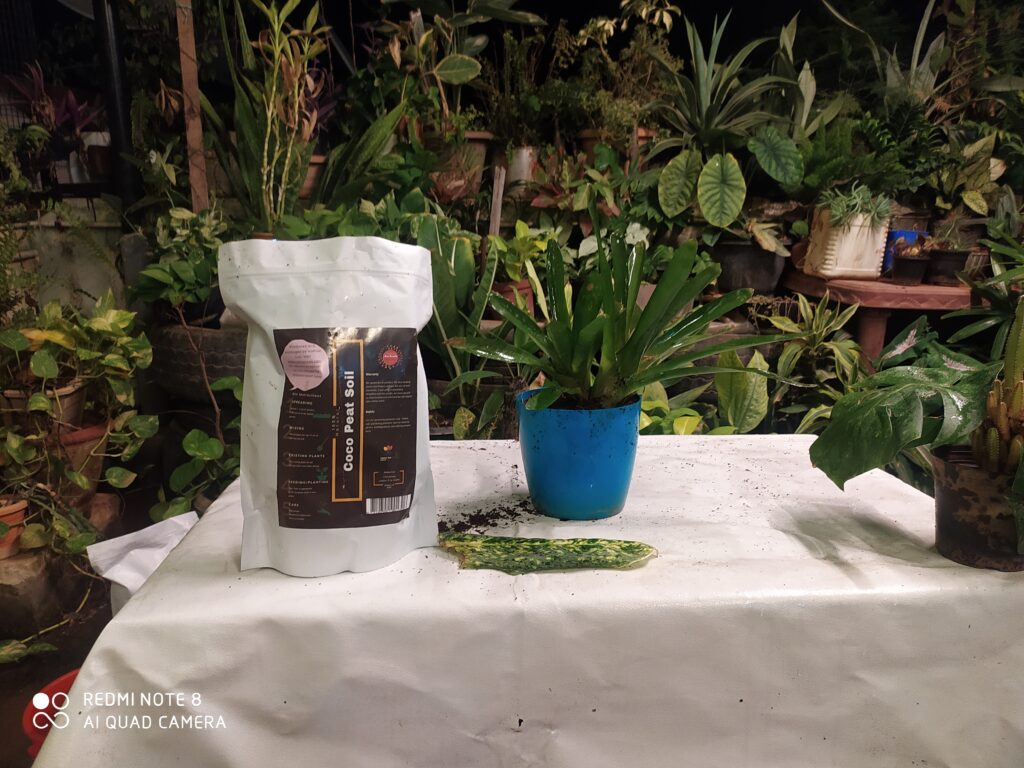
Use Coco Peat Soil easily in your home garden with this simple guide.
Benefits of Using Coco Peat for Plants
Exceptional Water Retention
Cocopeat holds up to eight times its weight in water, keeping plants hydrated longer and reducing watering frequency.
Improved Aeration for Root Health
Cocopeat’s structure provides excellent aeration, ensuring roots get adequate oxygen, promoting healthy growth, and preventing root rot.
Nutrient-Rich and Versatile
While not nutrient-rich itself, cocopeat can be easily enriched with organic fertilizers or compost, making it a versatile growing medium.
Eco-Friendly and Sustainable Gardening
Cocopeat is a renewable byproduct of the coconut industry, biodegradable, and environmentally friendly, supporting sustainable gardening practices.
Using Cocopeat for Different Types of Plants
Best Practices for Indoor Plants
Cocopeat is an excellent medium for indoor plants due to its water retention and aeration properties. When potting indoor plants, first ensure that the container has proper drainage holes. Next, fill the pot with a mixture of cocopeat and compost to provide a balanced growing medium. After that, water the plants thoroughly, but avoid overwatering, since cocopeat retains moisture well.
Enhancing Outdoor Garden Soil with Cocopeat
For outdoor gardens, cocopeat can be mixed with garden soil to improve its texture and water-holding capacity. Use a ratio of 1 part cocopeat to 2 parts garden soil. This mixture will enhance soil aeration, prevent compaction, and retain moisture, benefiting vegetables, flowers, and shrubs.
Starting Seeds with Cocopeat for Better Germination
Cocopeat is ideal for starting seeds due to its fine texture and moisture retention. Fill seed trays or pots with hydrated cocopeat, plant the seeds according to the packet instructions, and cover lightly with more cocopeat. Keep the cocopeat consistently moist until the seeds germinate. The excellent aeration and water retention properties will promote healthy seedling growth.
Incorporating Cocopeat into Hydroponic Systems
Cocopeat can also be used in hydroponic systems as a growing medium. Its water retention and aeration properties make it suitable for hydroponics. Use cocopeat in net pots or as a base layer in your hydroponic setup. Ensure that the cocopeat remains moist and receives the necessary nutrient solution for optimal plant growth.
Maintaining Coco Peat Soil
Effective Maintenance Tips for Long-Lasting Cocopeat Soil
1. Watering Techniques for Cocopeat Soil: While cocopeat retains moisture well, it is essential to water your plants correctly. Water thoroughly until excess water drains out of the container, then allow the top layer to dry slightly before watering again. This prevents overwatering and ensures that roots have access to oxygen.
2. Managing Nutrient Levels in Cocopeat Soil: Regularly monitor the nutrient levels in cocopeat soil. Since cocopeat itself is not nutrient-rich, supplement it with organic fertilizers or compost every few weeks to ensure continuous plant growth.
3. Reusing and Refreshing Cocopeat for Multiple Planting Cycles: Cocopeat can be reused for several planting cycles. After each cycle, refresh the cocopeat by rinsing it thoroughly to remove any salts or residual nutrients. Allow it to dry before rehydrating and enriching with fresh nutrients.
Common Mistakes to Avoid
Avoiding Common Pitfalls When Using Cocopeat Soil for Gardening
1. Preventing Overwatering in Cocopeat: One common mistake is overwatering cocopeat. Due to its excellent water retention, cocopeat does not require frequent watering. Always check the moisture level before adding more water to avoid waterlogged roots.
2. Ensuring Correct Mixing Ratios for Optimal Soil Quality: Incorrect mixing ratios can lead to poor soil quality. Follow recommended ratios and adjust based on your plant’s specific needs. Avoid using too much cocopeat alone, as it may lead to nutrient deficiencies.
3. Supplementing Cocopeat with Essential Nutrients: Neglecting to supplement cocopeat with nutrients is another mistake. Cocopeat itself lacks nutrients, so it is crucial to regularly add organic fertilizers or compost to provide essential nutrients for plant growth.
Conclusion
Nathan Coir offers high-quality cocopeat power/block and potting mix at affordable prices. Available on Amazon, Flipkart, and their website, Nathan Coir ensures your plants thrive with their top-notch products.
Try using cocopeat in your garden to boost plant health and growth. Learn how to use coco peat for gardening to enhance seed starting, indoor potting, and outdoor soil improvement.

